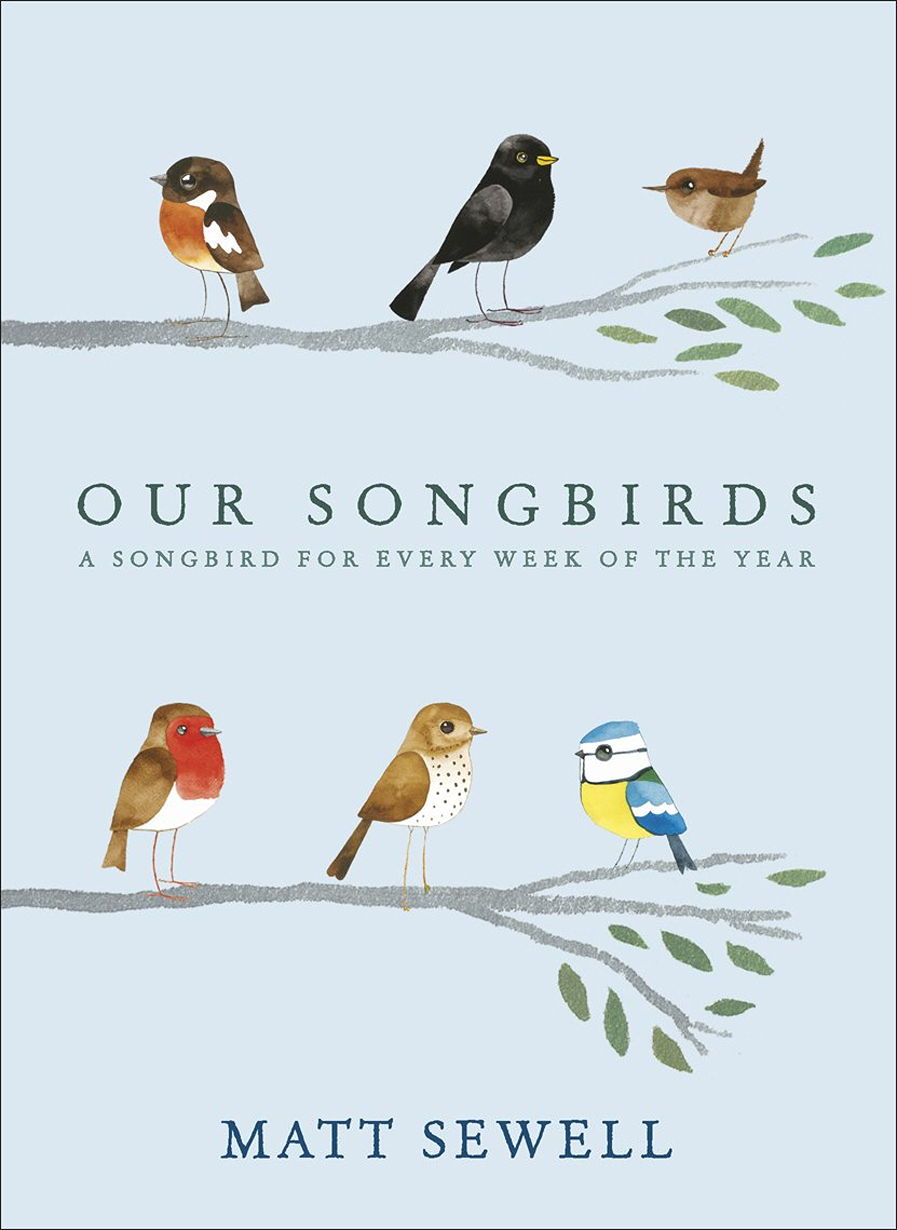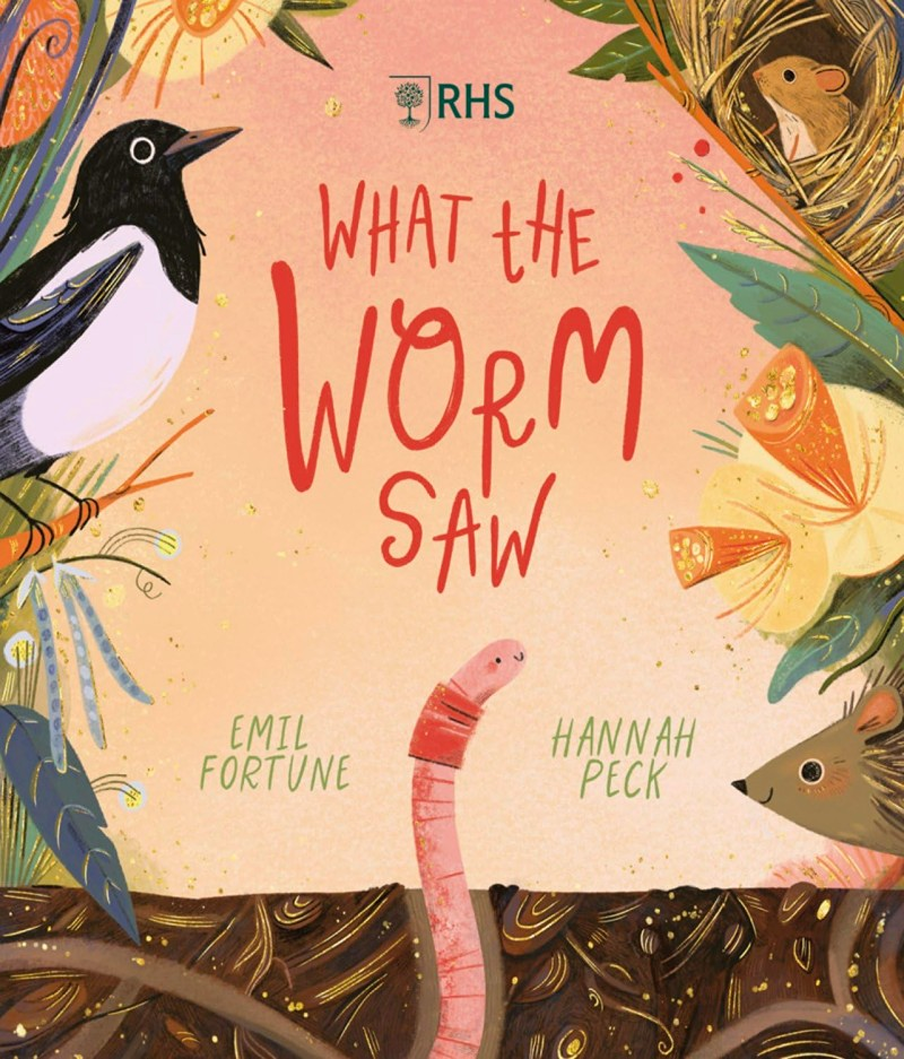
Country Bird is a charming and informative (yet cheeky) guide on the fascinating language of birds in rural areas. It’s focused on North America but you’ll find familiar birds too. Meet 50 birds including a white-crowned sparriw (adorned with a feather crown) a downy woodpecker (a great neighbour until he starts drumming!), the northern mockingbird (a musical diva with the most complex song) and the nocturnal barn owl (a farmer’s best friend for hunting rats).
Don’t encourage birds to gardens if you live with cats (keep feline friends inside at dawn and dusk, when birds are likely feeding). Don’t play birdsong near birds, it can make them vulnerable to predators. Learn how to create safe havens for garden birds and how to stop birds flying into windows.
These feathered country folk are a welcoming bunch, who will provide beautiful sights and sounds for anyone who wishes to take it slow on quiet country roads. From rural farmlands to bustling city streets to the salty air of the shore, each bird features beautiful portraits and a lighthearted narrative to reflect the personality and characteristics of birds native to each location.
Author Angela Vinet is a freelance nature writer from Louisiana, USA. Co-author Janis Harris is a widow who after her husband’s passing, taught herself to drive and travelled through America in a campervan, observing birds.
take time to listen to birdsong

Like humans, birds have accents when they sing! It’s important we take time to slow down and appreciate birdsong. Who would not rather wake up and listen to a dawn chorus, than listen to rolling news or social media feeds?
Birds asing using a special organ called a syrinx (like our larynx, but with two tubes like an upside-down Y where air flows over vibrating tissue to generate sounds). Not all birds sing (storks kind of make a mild clatter!) but half the world’s 10,000 species of birds are songbirds (including sparrows, thrushes and warblers). Some birds ‘learn songs’ from their parents, others sing naturally. Find a list of over 200 melodies at British birdsongs.
Take time to listen to songs brought to you by:
- Blackbirds – these early risers have short low-pitched songs like flutes. They don’t repeat verses, so each song is different!
- Song thrushes are responsible for the early-morning dawn chorus, with loud ‘verses’ they repeat several times. Mistle thrush songs are similar, but they’re a bit forgetful so tend to end songs quickly, when they trail off and can’t remember the ending!
- Robins (they don’t live that long – your ‘annual returning robin’ is likely the son or grandson of the one you saw last year) also like to sing early mornings. Their call has ‘rippling’ notes and whistles, and they sing all year (unlike most birds). Similar dunnocks (small and grey) have lovely high-pitched melodies.
- Warblers sing in long verses of different notes, and again are similar to someone playing a flute. Blackcaps (migrant warblers) also have clear flute-like notes. Another ‘dawn chorus’ bird is chiffchaff, who likes to add extra notes when he feels like it!
- You’ll also find lovely songs by blue tits, great tits and coal tits. And you’ll enjoy listening to chaffinches and greenfinches. Despite their tiny size, wrens give out high-pitched whistles.
- Northern Cardinal birds can play more notes than on a piano, in just one-tength of a second! Wood thrushes can sing falling and rising notes at the same time, something no human could ever do!
reasons behind why birds sing
Nature writer Stephen Moss says birdsong is quite simple: males are singing ‘keep out’ to other males and females are singing ‘come in’ if she’s interested. Males sometimes fly thousands of miles from Africa, and then on arrival, start singing (sometimes for hours) to find a mate. Most songbirds don’t live long, so if they don’t find a mate, they may never get the chance to breed.
Modern life is playing havoc with bird song. Some birds are now waking up at midnight to sing, thinking it’s dawn (due to light pollution from car parks etc). This in turn affects feeding, breeding and sleeping habits. So always switch off unused lights (close curtains and use task lights at night). Report broken street lights at Fix My Street (complaints are sent publicly to councils) and ask your council to install wildlife-friendly lighting (orange hues have longer wavelengths, so are better than blue-hued lights).
Bird & Wild Coffeeuses profits to help protect songbirds. It sells shade-grown coffee (farmers can grow other crops at the same time, for extra income). Avoid caffeine for pregnancy/nursing and affected medical conditions – the company sells natural de-caff coffee. Just bin coffee grounds (and tea leaves), as caffeine could harm compost creatures.
a songbird for every week of the year

Our Songbirds is a lovely illustrated guide by artist and ornithologist Matt Sewell, introducing a songbird for each week of the year. Meet ‘the peewit who sings the blues’ and the bittern who ‘fills his neck like a tweed pair of bellows’. Also read Matt’s book on how to save our endangered birds.
a celebration of birds in folk songs

Singing Like Larks is a charming book that opens a rare window into the world of birds, folklore, traditional verse and songwriting, showing how birdsong has featured in our own music for centuries.
Ornithological folk songs are themselves a threatened species, with melodies lost in the passage of time, lyrics tucked in archives and a need for the awareness of birds and their songs, to be passed down from one generation to the next. Lifetimes of wisdom are etched into these songs, preserving the natural rhythms of times past, and our connection to our feathered friends.
At first glance, nightingales look as humble and modest as a farm labourer. Medium-size and plain brown all over, wing feathers ribbed like a corduroy jacket. But the moment they open their beaks, the world is alight with an unparalleled majesty of sound.
This treasury of bird-related folk songs is also account of one young nature writer’s journey into the world of folk music. And a joyous celebration of song, the seasons and our love of birds.
A beautiful, informative and fascinating book. Each chapter seamlessly blends the behaviour of the bird with its place in the history of folk song, all written in a lively and engaging style, with evident passion for the subject. Stephen Moss
Andrew Millham is a nature and folk history writer, his works published in BBC Wildlife magazine and Coast. He graduated with a first class honours degree in environmental science and is now a Forest School leader.

The Cello and the Nightingale is the remarkable story of a nightingale who would join in to perform a duet in a Surrey garden with cellist Beatrice Harrison. This is the story of her life, where from 1924 to 1942, over a million people listened to her play songs with these amazing birds. Her own life was as musical and free-spirited. From being an early musical prodigy to playing for wounded soliders, this reissue of a classic book features a new introduction by Maria Popova.






